Some might have you believe that federal employees don’t put in the work. For the Washington Post’s Department of Data, Andrew Van Dam shows data that suggests otherwise.
In case you’re unfamiliar with the WP column, Van Dam (usually) attempts to answer a question each week using data. I like how he takes the reader through the exploratory process of trying to figure things out. Most of the time, you can’t answer data questions directly, because there isn’t a direct metric for say, worker efforts. So you analyze the data that is available, build related insights, and see if that gets you to where you need to go.

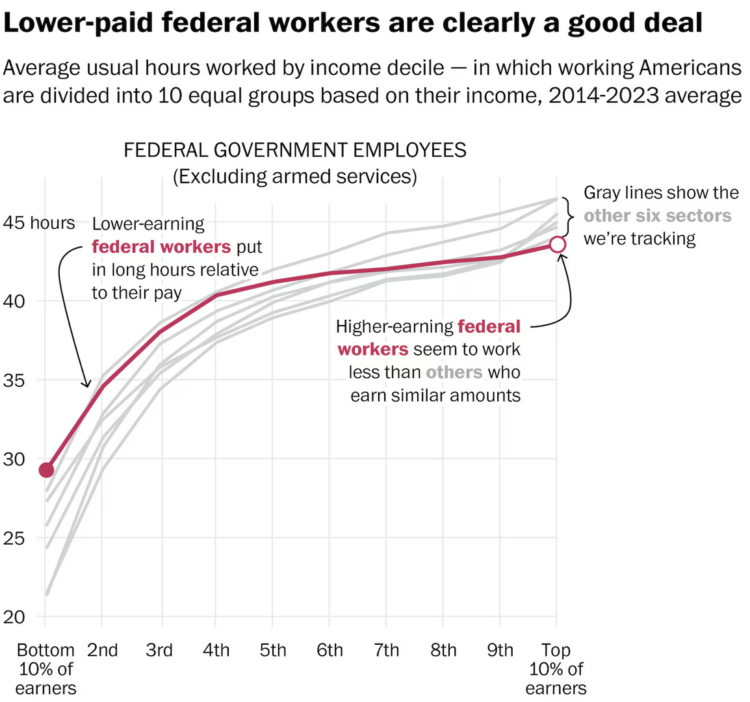
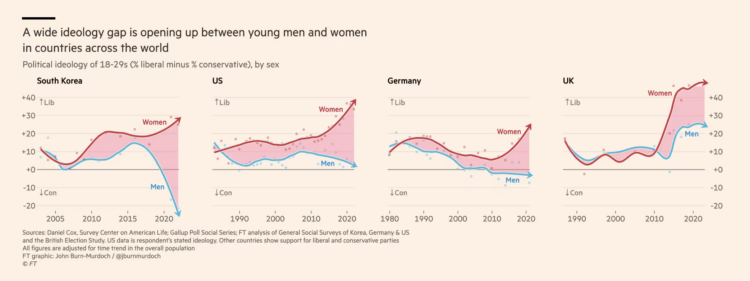
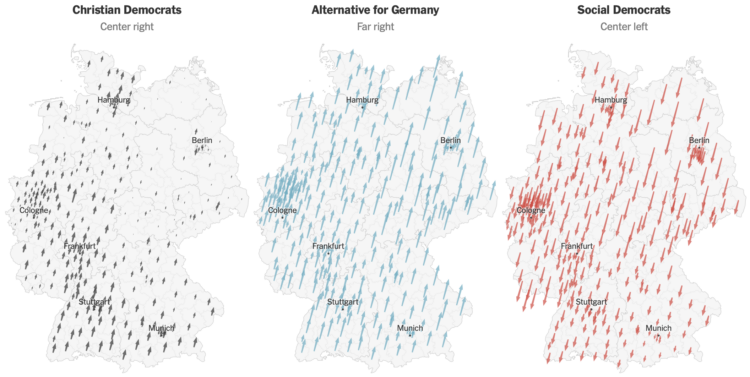
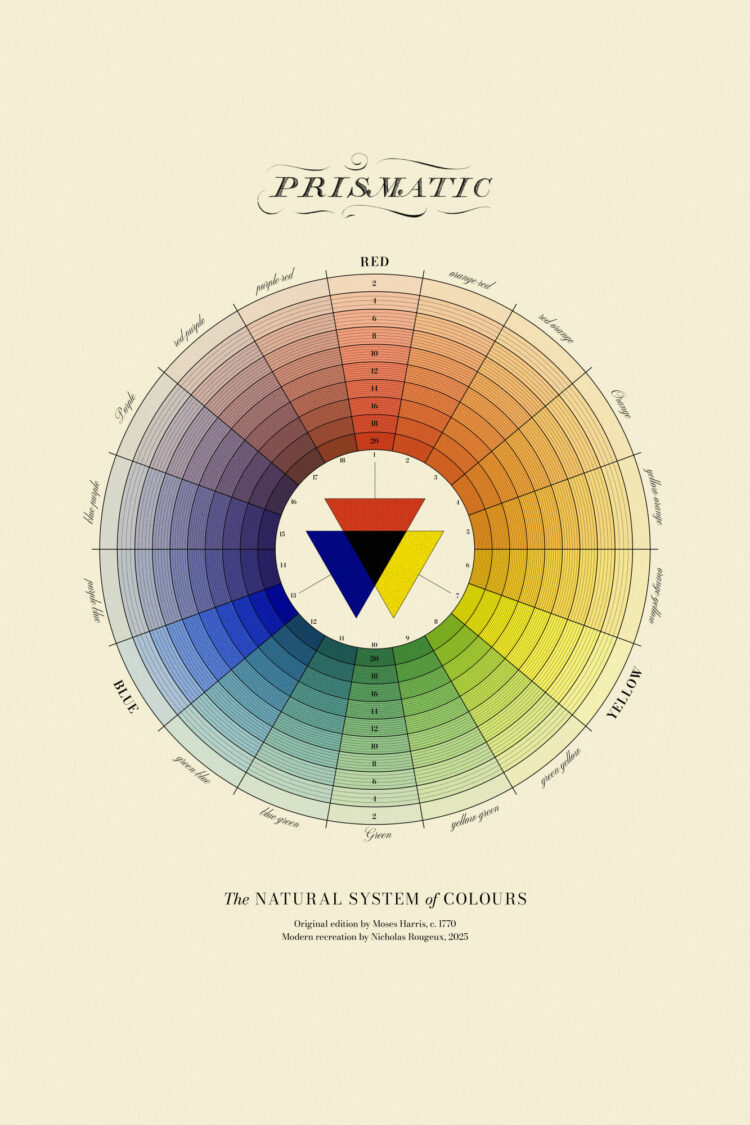
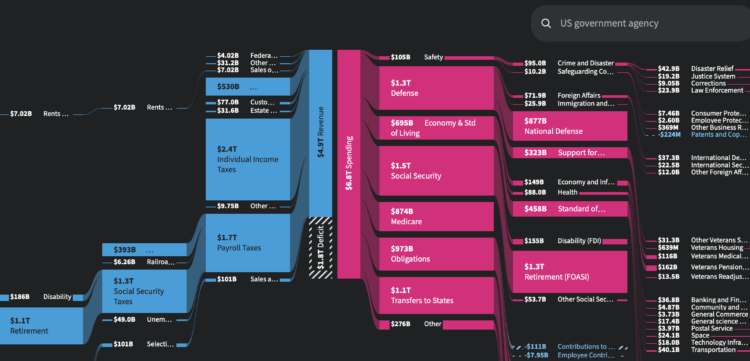


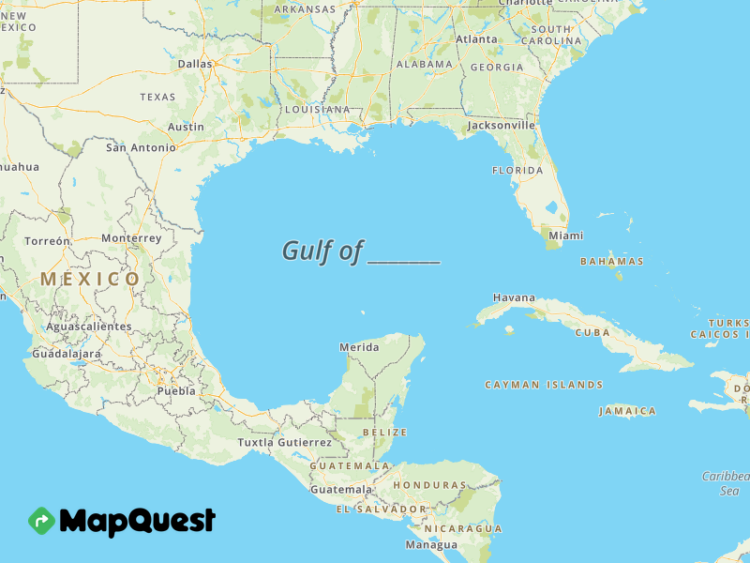
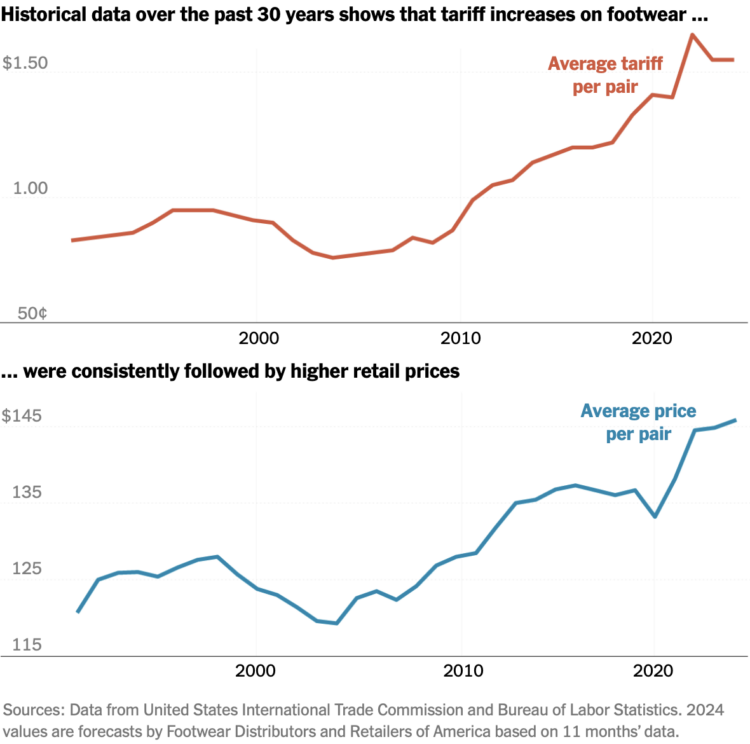
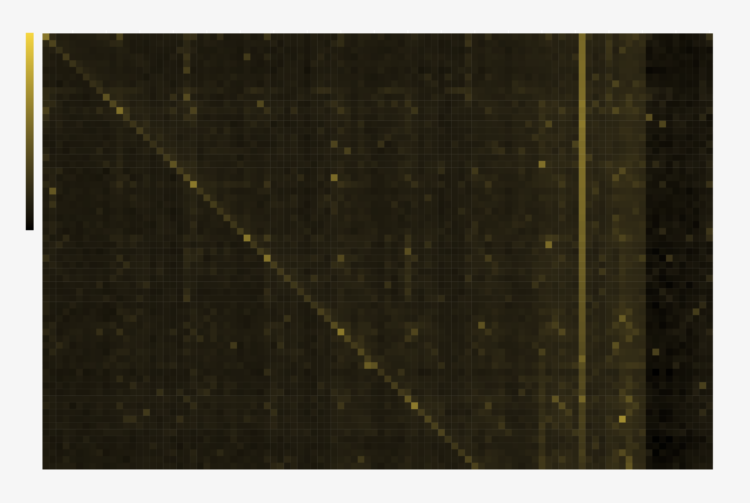
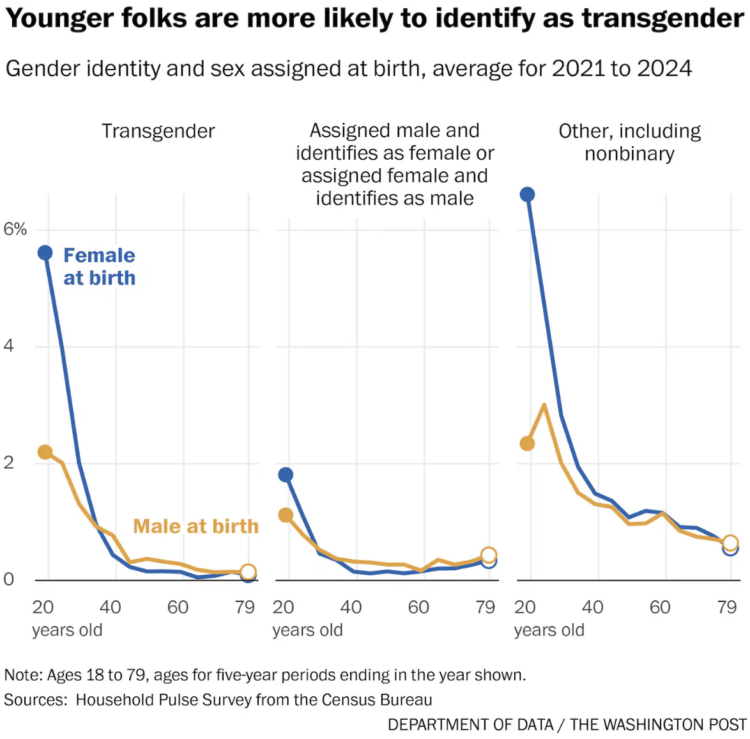
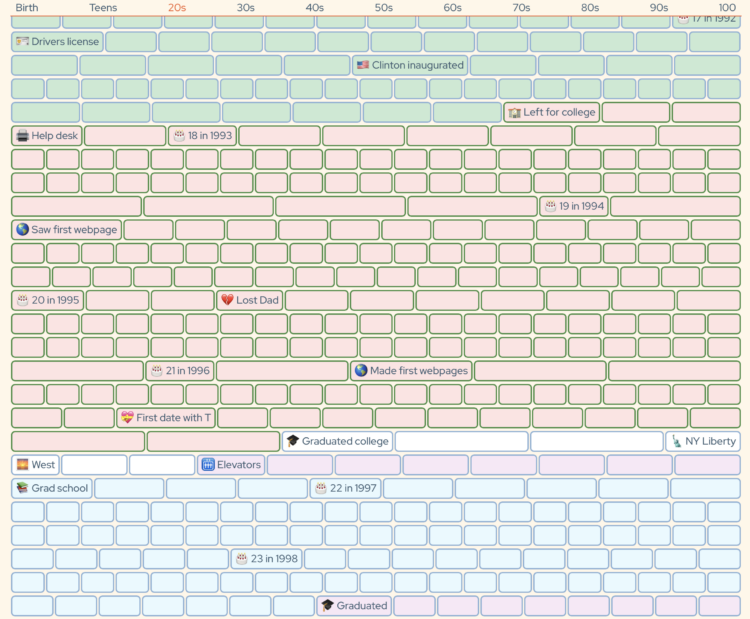
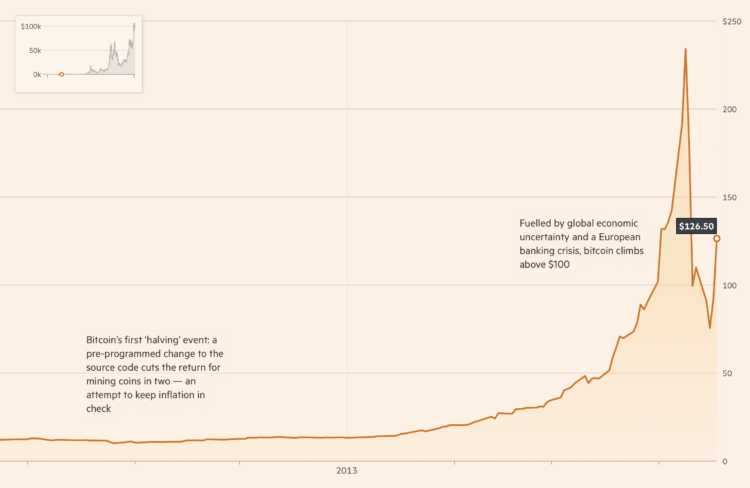

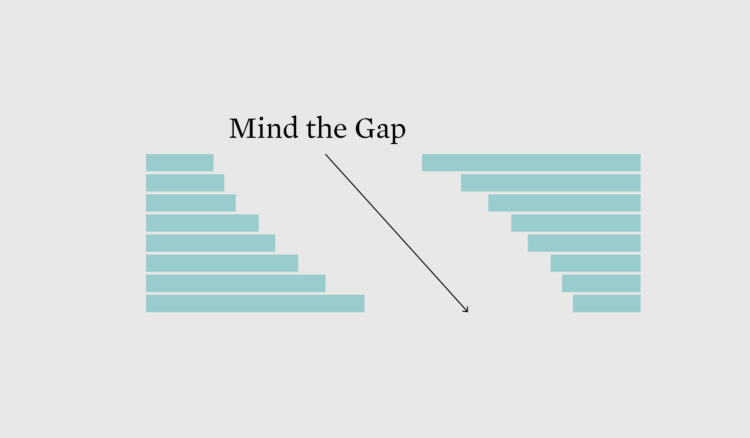
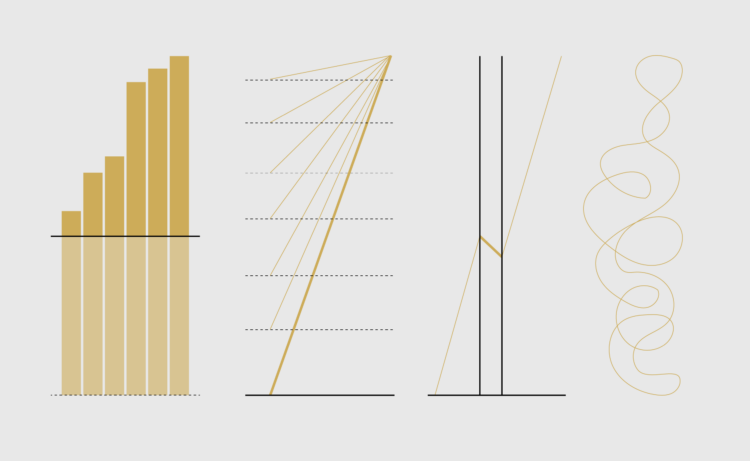
 Visualize This: The FlowingData Guide to Design, Visualization, and Statistics (2nd Edition)
Visualize This: The FlowingData Guide to Design, Visualization, and Statistics (2nd Edition)










